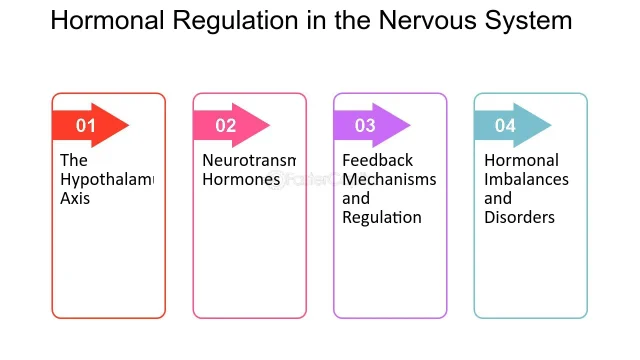Introduction:
Meet Sarah, a vibrant 32-year-old architect whose life, once a meticulously constructed masterpiece, began to crumble under the unseen influence of a hormonal puppet master. For months, Sarah felt like a stranger in her own body, plagued by inexplicable symptoms that defied easy diagnosis. Her face rounded into a moon-like shape, her shoulders burdened by a “buffalo hump”, and her once-toned muscles lost their strength. Fatigue became her constant companion, her skin became a fragile canvas marked with stretch marks, and anxiety cast a dark shadow over her mind.
Unraveling the Discordant Symphony:
Sarah’s story is a classic case of Cushing’s Syndrome, a hormonal disorder orchestrated by the insidious puppet master – ACTH (adrenocorticotropic hormone). Normally, ACTH dances to the tune of the hypothalamic-pituitary-adrenal (HPA) axis, a delicate hormonal ballet where the hypothalamus (conductor) signals the pituitary gland (puppeteer) to produce ACTH, which in turn instructs the adrenal glands (dancers) to churn out cortisol, the body’s primary stress hormone. In Sarah’s case, this intricate choreography went awry. A benign pituitary tumor had taken over the puppet master role, sending ACTH into a relentless crescendo, flooding her body with cortisol and disrupting the symphony of health.
The Cortisol Cascade – ACTH’s
The excessive cortisol coursing through Sarah’s veins triggered a cascade of havoc within her body. Her moon face and buffalo hump testified to cortisol’s mischievous redistribution of fat. Her skin, thinned and fragile, bore the brunt of cortisol’s wrath. Her muscles, starved of vital resources, surrendered to weakness and atrophy. Even the orchestra of her mind fell out of tune, with anxiety and cognitive decline adding to the discordant symphony.
Diagnosing the Mastermind (ACTH’s)
Unmasking the puppeteer behind this hormonal mayhem wasn’t an easy feat. Blood tests revealed elevated cortisol levels, but pinpointing the source required a detective’s touch. Further investigations, including specialized imaging like MRI scans, finally exposed the rogue pituitary tumor, the elusive mastermind pulling the strings of Sarah’s suffering.

Restoring Harmony: Taming the Mastermind
With the culprit identified, the battle for balance began. Sarah’s doctors, acting as skilled conductors, wielded a range of instruments to quell the hormonal tumult. Medication helped to suppress ACTH production, while a delicate surgical procedure targeted the pituitary tumor, aiming to silence its tyrannical whispers.
Finding Her Rhythm: Living with the Melody of Recovery(ACTH’s)
Sarah’s recovery was a gradual concerto, each note of progress hard-won. The cortisol deluge receded, revealing a brighter reflection in the mirror. Strength returned to her muscles, and the fog in her mind lifted. The moon face and buffalo hump, remnants of the discordant past, slowly faded. While managing the long-term effects of Cushing’s remains a delicate act, Sarah has embraced the rhythm of her new normal. Support groups and a patient-centered approach provide the harmony she needs to navigate the lingering notes of her hormonal journey.
Conclusion:
Sarah’s story is a testament to the intricate dance between hormones and health, a reminder that even the most disharmonious symphonies can be brought back into tune with understanding, intervention, and a touch of resilience. By unmasking the puppet masters like ACTH and restoring balance to the HPA axis, individuals like Sarah can reclaim their health and find their own rhythm, even amidst the echoes of hormonal chaos.
Key Takeaways:
- Cushing’s Syndrome is a hormonal disorder caused by excessive cortisol production, often orchestrated by ACTH imbalances.
- Symptoms include moon face, buffalo hump, muscle weakness, skin problems, and mental health issues.
- Diagnosis involves blood tests, imaging studies, and sometimes genetic testing.
- Treatment options include medications, surgery, and radiation therapy.
- Support groups and patient-centered care are crucial for managing the long-term effects of the disorder.
With increased awareness and timely intervention, we can help individuals like Sarah find their way back to the harmonious melody of health.
